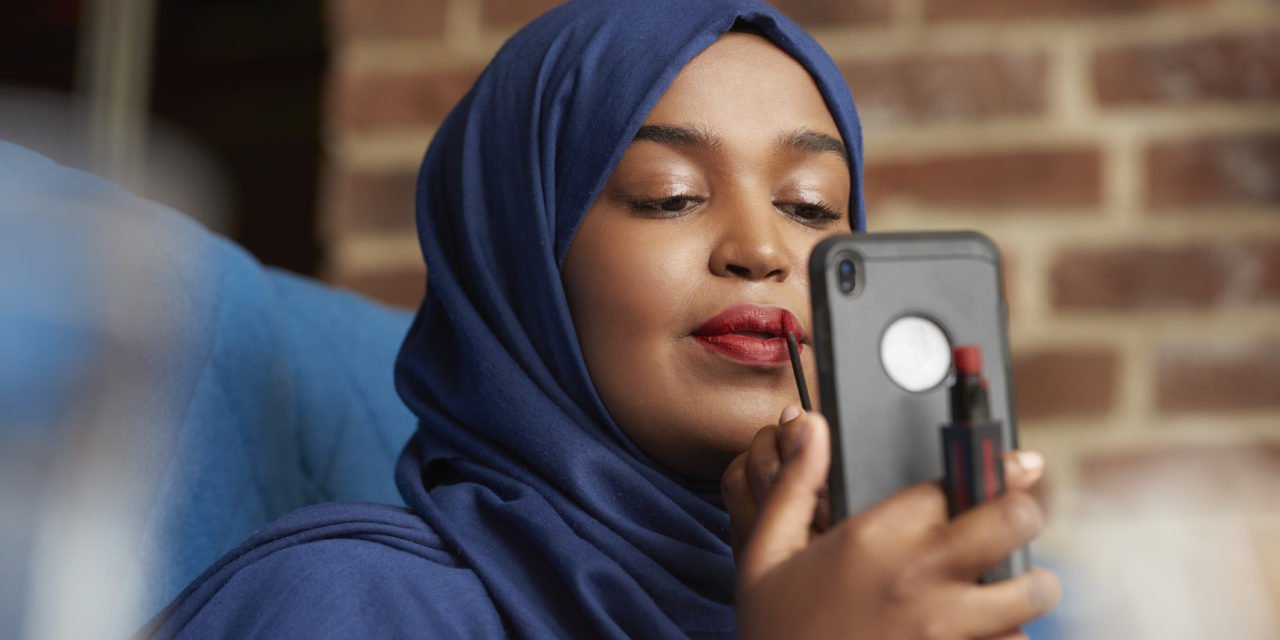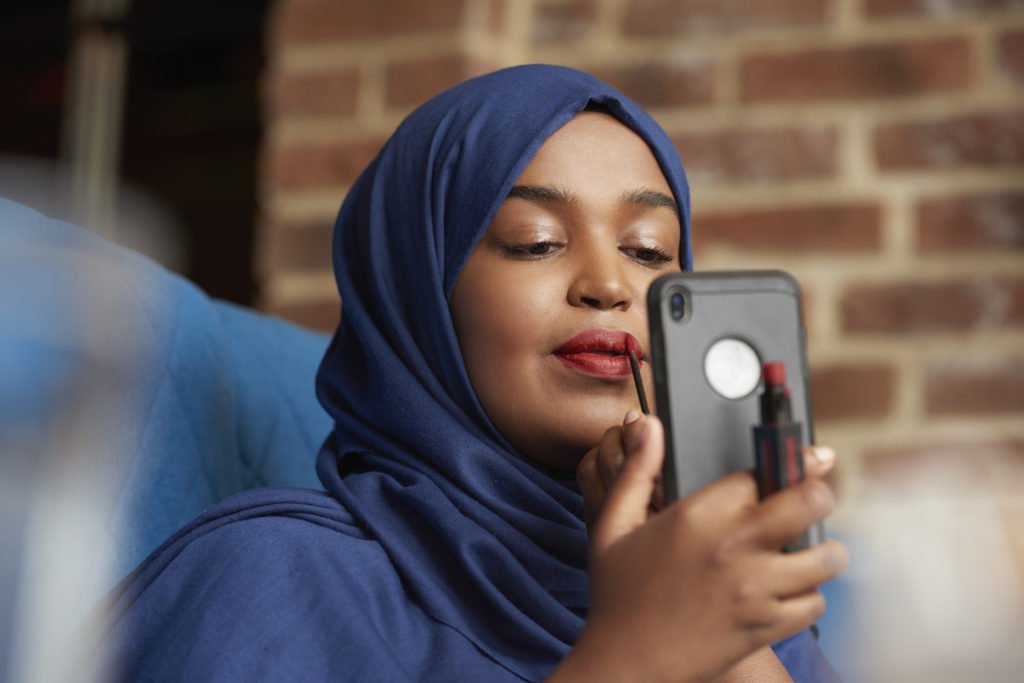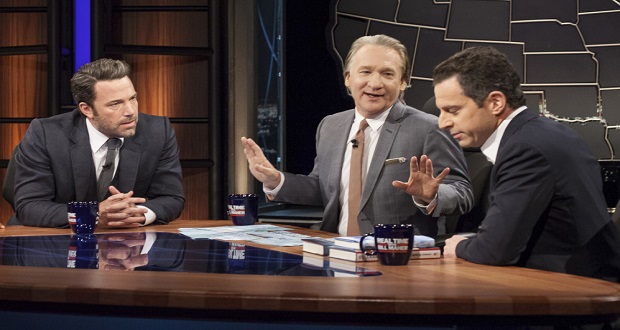Growing up in the suburbs of the Midwest during the 1980s, ads of blonde-haired, blue-eyed models in print magazines and on MTV were a driving force in how I subconsciously defined beauty. The barrage of skin care, makeup, fragrance, and fashion spreads communicated a clear message: The dark hair on my upper lip and arms had to go. Or at least be bleached, which I attempted with mixed results. The consequent blonde hairs, while less visible in some light, were an obvious mismatch for the black ones on my head, prompting me to try the depilatory cream route, where I spent an afternoon applying yet another thin layer of chemicals to my face and arms in order to better fit the mold of what it meant to be beautiful.
Growing up in the suburbs of the Midwest during the 1980s, ads of blonde-haired, blue-eyed models in print magazines and on MTV were a driving force in how I subconsciously defined beauty. Share on XI was a fan of all the beauty staples of that era: the blue face mask, the sauna-like skin steamer, the purple and pink eyeshadows, the flexible hot rollers, the Epilady hair remover (again with the body hair!). As I spent hours of my youth holed up in the bathroom perfecting the use of each product, I wish I had realized that there was an opportunity cost to all of that preening. The time I spent applying eyeliner, plucking errant hairs, and curling and teasing my bangs to high heaven easily could have been spent on developing more sustainable sources of confidence key to navigating the world as a young woman of color existing in mostly white spaces — reading, journaling, or trying new activities.
Then, as now, beauty is a form of currency: The more effortless or natural it is for someone, the more time that person has to spend on other pursuits. The closer you are to the ideal, the less time you spend feeling anxious or depressed about not fitting in or worrying about not being good enough. But who sets these standards? Who calls the shots? According to the nonprofit news organization Marketplace, men still reign in the C-suite of most major beauty brands, with Revlon appointing its first-ever woman CEO in 2018 and L’Oreal Paris naming its first female president in 2019. Appalling as it is that it took this long to see women in the top spots of major brands that have been around for several decades — Revlon is almost 90 years old and L’Oreal is more than a century — we also have to remember that the legacy of American beauty standards includes the fact that up until 1940, the rules of the Miss America pageant stated that contestants had to be “of good health and of the white race.” That was only a little over 80 years ago, meaning some of us may still know people who were alive when this was the norm.
The legacy of American beauty standards includes the fact that up until 1940, the rules of the Miss America pageant stated that contestants had to be 'of good health and of the white race.' Share on XAnd yet there is hope. From Billie, the razor brand that aims to normalize women’s body hair, to the advent of size-inclusive models rightly taking up space on runways and in photo shoots, women and underrepresented groups are reshaping what it means to be beautiful outside the white male gaze. According to research from NielsenIQ, multicultural consumers are the ones now driving growth, and their needs must be listened to by any company that wishes to capture this market share. Black and Hispanic consumers outspend other ethnic groups in purchases related to beauty and personal care, and they demand products that embrace their natural looks rather than force them to fit into a Western ideal. As Deepica Mutyala, founder of the beauty company Live Tinted, shared with CNN: “It took a lot of time to feel confident in my own skin. So, now that we’re finally in a place where embracing your roots and culture is considered ‘cool,’ it’s very surreal.”
Black and Hispanic consumers outspend other ethnic groups in purchases related to beauty and personal care, and they demand products that embrace their natural looks rather than force them to fit into a Western ideal. Share on XHere are five other beauty companies in addition to Live Tinted that are led by women of color and are worth checking out for their inclusive, validating approach:
Fenty Beauty: Led by the multihyphenate music icon and businesswoman Rihanna, Fenty Beauty is credited with opening the doors for other Black-owned makeup brands to thrive in the beauty space with its eye-popping range of shades for every skin color. In 2020, RiRi also launched Fenty Skin, her gender-neutral skincare line.
Hue Noir: Preceding Fenty with its launch in 2009, Hue Noir’s CEO and head chemist Paula Hayes spent many years educating the public on why her products were needed. “What I found is that if they didn’t cause skin problems for me, they often in my opinion just didn’t look right,” she told an Oregon news outlet about other brands at the time. “Like the colors weren’t right, and I just walked out not feeling confident. But there was this cyclical relationship, because I’d want to go out putting my best face forward.” Today her brand continues to center women of color.
Mented: Founded by Harvard grads KJ Miller and Amanda E. Johnson, the line was inspired by the hunt for the perfect nude lipstick to complement Miller and Johnson’s dark Black skin. While the line has grown to feature other products, it is still known for its cruelty-free vegan lipsticks, which are also paraben-free and non-toxic.
Orcé: Inspired to offer an alternative to a culture that told her fair skin was the only beautiful skin, founder Yu-Chen Shih created her line for a range of Asian skin with the goal of addressing specific vulnerabilities, such as increased oil production and hyperpigmentation.
Rare Beauty: Founded by another multihyphenate, singer and actor Selena Gomez, this line of feel-good makeup products aims to make a difference with 1% of all sales going toward Gomez’s Rare Impact Fund, which supports increasing access to mental health services in educational settings.


















